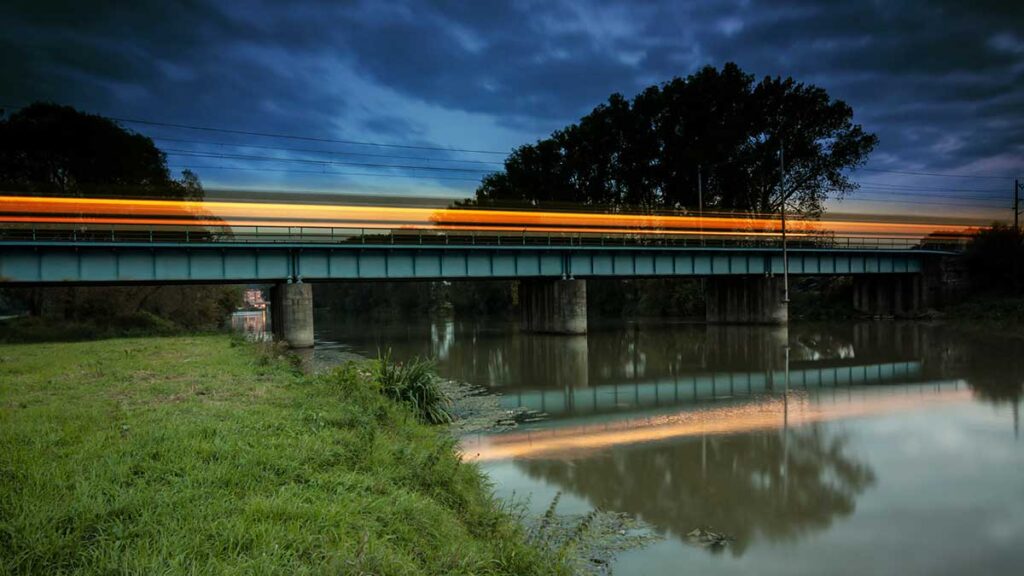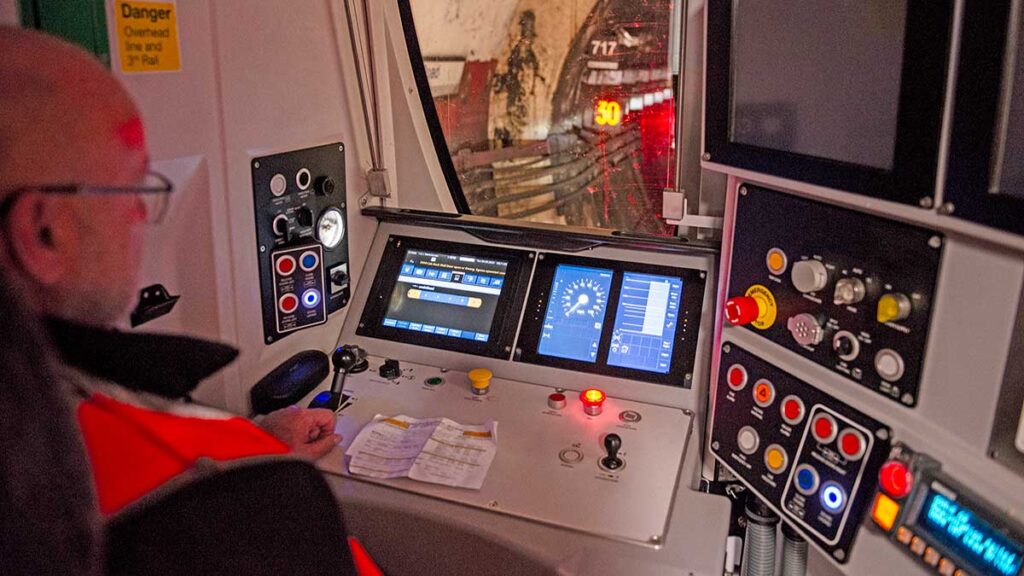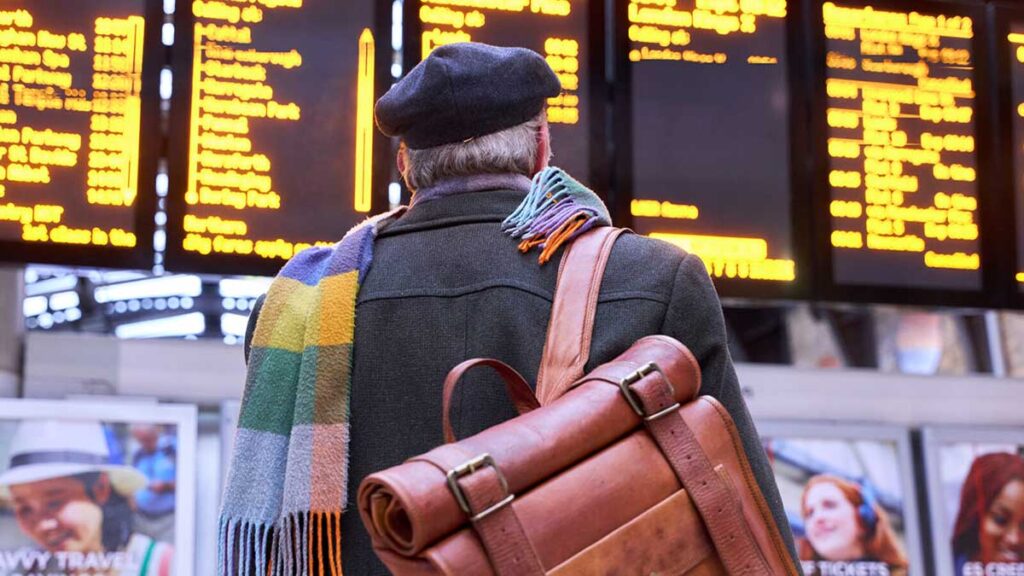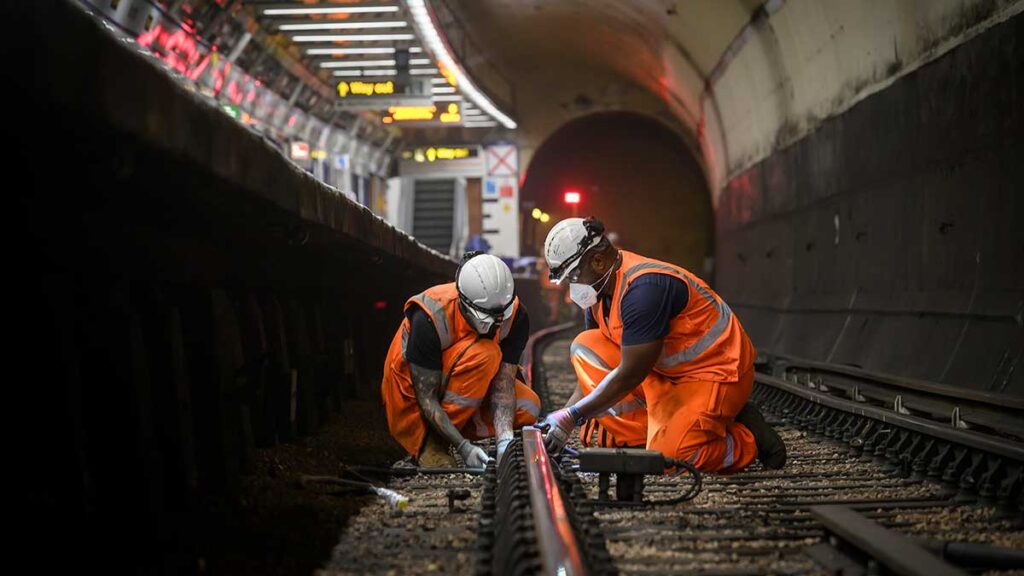Welcome to the next generation railway – Signalling a new era of train travel.
The East Coast Digital Programme (ECDP) is a landmark scheme that will introduce in-cab digital signalling on the southern part of the East Coast Main Line, between London Kings Cross and Grantham.

The East Coast Main Line is a vital artery in the UK’s rail network, with over a third of the population living within 20 minutes of an East Coast Main Line station. This railway line has been in use for more than 150 years and demand on the infrastructure is set to increase as more passengers and freight use the railway. We now need to make upgrades and efficiencies so that this route can continue to serve us effectively for decades to come.
What work is taking place?
The East Coast Main Line will be the UK’s first intercity mainline to be upgraded to digital signalling and will lay the foundation for further improvements across the network. A lot of the work is happening ‘behind the scenes’ so, while you may not see anything new or different when they travel on the route, the upgrades are essential to ensure our rail network is fit for the future – here and on the wider network.
This is because delivering the ECDP will reduce the cost of introducing digital signalling elsewhere on the network, which is expected to happen as signalling systems become due for renewal.
These upgrades will deliver:
More reliability
With signalling information being provided directly to the driver, via a screen in their cab, there will no longer be a need to maintain a large amount of lineside equipment involved with traditional ‘traffic light’ signals. As a result, the amount of signalling-related engineering work will reduce in the future by around almost half.
Additionally, trains are sometimes affected by signal failures; moving to a modern, digitally based system makes this less likely, potentially reducing thousands of hours of delays, and making train services more reliable.

More punctual services
Digital signalling gives train drivers continual information about the safe maximum speed for their train. It provides drivers with additional information about the route ahead, that today’s fixed ‘traffic light’ signals do not. This enables more ‘efficient’ operations, helping trains stay on time.
The new technology allows continuous communication between the trackside and onboard equipment. Signallers can continuously communicate with every train on the network and respond in real time using digital tools to help smooth the flow of trains and recover services more quickly after disruption.

Greener journeys
Digital signalling contributes to a greener railway. The East Coast Main Line is already electrified, and these upgrades will deliver a further 55,000 tonne reduction in carbon emissions over 60 years – the equivalent to over 65,000 one-way flights from London to New York, or over 2 million passenger train journeys from London to Edinburgh. This is because there is much less physical equipment to produce and maintain compared with what’s needed for ‘traffic light’ signals. The estimated whole life carbon saving over a 60-year period (the expected life span of a ‘traditional’ signalling system) is around 39%.

The technology also allows gentler braking, meaning journeys are smoother and use less energy. Finally, a more reliable and punctual railway will encourage more people to choose rail over road and air, ultimately reducing transport emissions for the long-term.
When is the work taking place?
Digital signalling is being introduced first on the Northern City Line (NCL), between Finsbury Park and Moorgate in central London. The first passenger trains using ETCS began operating on the NCL in late 2023. Next, the upgrades will be progressively rolled out on the southern section of the East Coast Main Line (ECML), between London King’s Cross and the Stoke Tunnels, near Grantham. During this time, train drivers using the ECML will be trained so that they are equipped and ready to use ETCS. We expect the first trains to operate on the East Coast Main Line using this digital signalling technology by the end of 2025, with all improvements scheduled for completion by 2030.
How will this work affect me?
To make the upgrades, engineers require safe access to the railway tracks and equipment, which will result in the railway being closed on selected days throughout the year. Passengers travelling with Grand Central, Great Northern, Hull Trains, LNER, Lumo and Thameslink, on this part of the network are likely to have impacted journeys on these days. Dates for the works will be planned and communicated to customers well in advance, and alternative travel options, including diversionary routes and rail replacement coach services, will be in place whenever possible.
The next set of significant disruption arising from ECDP work will be during the August Bank Holiday weekend in 2024. There will be some weekends affected during winter 2024/5, but no significant work is planned for weekdays during that period.
Get in touch
For more information or to get in touch with us, please contact us by visiting our contact us page or by calling our 24-hour national helpline on 03457 11 41 41.